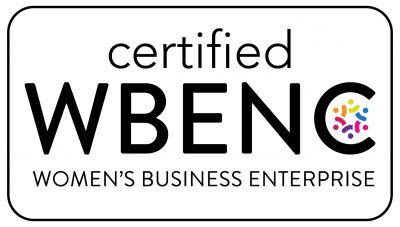Injection molding and CNC machining are manufacturing methods used to create complex parts. But which one is better for your project? As an injection molding company, Decatur Mold Tool & Engineering, Inc. understands the importance of choosing the proper manufacturing method for your project. In this blog post, we’ll take a closer look at injection molding vs. CNC machining and help you determine the right fit for your needs.
Injection molding is a manufacturing method in which plastic, rubber, or metal are melted and injected into a mold. It is a cost-effective method for creating large volumes of identical parts quickly and accurately. Injection molding is also ideal for producing parts with complex geometries and features. However, injection molding requires expensive upfront tooling costs, which may not be feasible for small-scale projects.
CNC machining, on the other hand, is a subtractive manufacturing method in which materials are cut away from a solid block to create the desired shape. CNC machining is ideal for producing small quantities of parts with intricate features that require high precision. CNC machining also allows for more flexibility in design changes than injection molding. However, CNC machining is more expensive for larger quantities of parts, and production times are longer.
When considering injection molding vs. CNC machining for injection molds, it’s important to consider the project’s requirements. If you need to quickly create large volumes of parts and the upfront tooling costs are feasible, injection molding is the way to go. However, CNC machining may be the better option if you require the precision and design flexibility that CNC machining offers or only need to produce a small quantity of parts.


